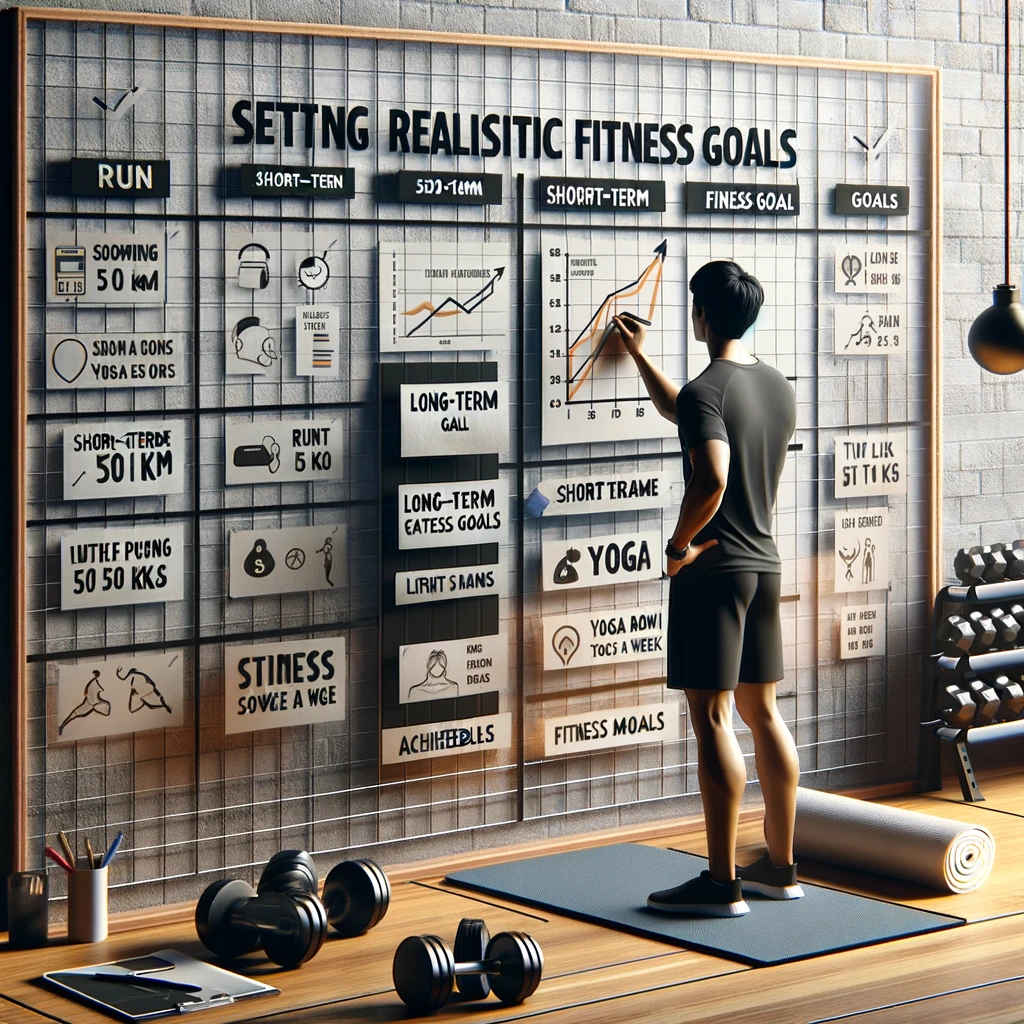Embarking on a fitness journey can be both exciting and overwhelming. The key to long-term success lies in setting realistic goals. These goals should not only be achievable but also enjoyable and tailored to your current fitness level and lifestyle. Here’s how you can set realistic fitness goals that keep you motivated and on track.
Start Small, Aim Big
- Focus on Progress, Not Perfection: Setting overly ambitious goals right from the start can lead to frustration and burnout. Instead, focus on making consistent, incremental progress. Celebrate small victories along the way to keep yourself motivated.
- Set Specific, Measurable Goals: Rather than a vague goal like “get fit,” aim for specific and measurable goals, such as “jog for 20 minutes without stopping” or “attend three yoga classes per week.”
- Adjust Goals as You Progress: As you achieve your initial goals, set new ones that are slightly more challenging. This approach keeps you progressing while preventing discouragement.
Embrace a Slow Trajectory
- Understand There Are No Healthy Shortcuts: Quick fixes and fad diets might be tempting, but they often lead to unsustainable results and potential health risks. Aim for gradual changes that you can maintain long-term.
- Incorporate Changes Gradually: Implement changes in your diet and exercise routine gradually. This helps your body and mind adapt without feeling overwhelmed.
- Patience is Key: Recognize that meaningful change takes time. Be patient with yourself and understand that setbacks are part of the journey.
Personalize Your Path
- Assess Your Current Situation: Honestly evaluate where you are in terms of fitness. Consider factors like your current activity level, health conditions, and lifestyle.
- Define Your End Goal: What do you want to achieve? Whether it’s losing weight, building muscle, or improving endurance, having a clear end goal is essential.
- Identify Necessary Steps: Break down your end goal into smaller, manageable steps. If your goal is to run a marathon, start by running short distances and gradually increase.
- Choose Activities You Enjoy: If you enjoy the process, you’re more likely to stick with it. Choose forms of exercise that you find fun and engaging.
- Seek Guidance When Needed: Don’t hesitate to ask for help. Whether it’s hiring a personal trainer, joining a fitness class, or seeking advice from more experienced individuals, external support can be invaluable.
Conclusion
Setting up realistic fitness goals is a crucial step in your health and fitness journey. By starting small, embracing a slow trajectory, and tailoring your path to your personal preferences and circumstances, you can build a sustainable fitness routine that you enjoy. Remember, the journey to fitness is not a race; it’s a marathon. Take your time, enjoy the process, and celebrate every step forward.







